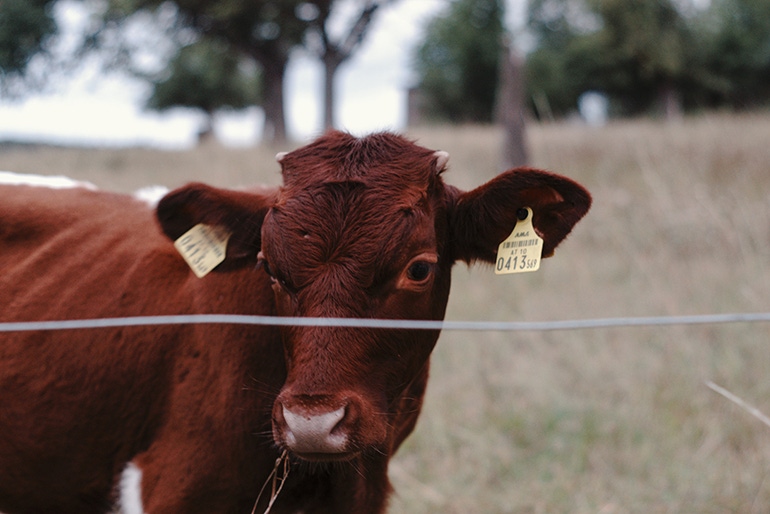Subtle shift in stocker operations
There are more pure and whole-cycle stockers.
October 27, 2020

Sponsored Content
Cow-calf operations that grow calves beyond weaning continue to represent the largest portion of the nation's stocker operators, but the latest BEEF National Stocker Survey (NSS), sponsored by Zoetis, suggests more stocker producers overall are retaining ownership in some cattle through the feedlot.
For purposes here, the term, stocker, also includes backgrounders. The survey classifies stocker operations as:
Pure Stocker (PS)—those involved exclusively in stockering and backgrounding cattle.
Cow-calf Stocker (CCS)—those involved in both the cow-calf business as well as stockering and backgrounding cattle.
Feedlot Stocker (FS)—those involved in both stockering and feeding cattle.
Whole Cycle Stocker (WCS)—Operators involved in cow-calf, stocker and cattle feeding segments of the business.
With those classifications in mind, and compared to the first NSS conducted in 2007, cow-calf stockers continue to be the largest segment of stocker producers (58%) followed by pure stockers (21%), whole-cycle stockers (15%) and feedlots stockers (5%)
The relative ranking of each stocker segment in the most recent NSS is the same as in 2007, but 4% more respondents in 2020 were pure stockers, 7% fewer were cow-calf stockers and 4% more were whole-stockers.
History between surveys suggests a couple of possible, logical explanations for the shift among operation types.
For one, the prolonged, widespread national drought that prompted historic levels of beef cow liquidation a few years ago may have encouraged some CCS operations to shift their resources to growing cattle. At the same time, it seems likely some cow-calf producers transitioned to the WCS category, leveraging their genetics through feedlot ownership and value-added marketing.
Support for the latter notion comes with the fact that 54% of stocker operations in 2020 retained ownership in some of their cattle through harvest, versus 49% in 2007. Of those retaining ownership, 28% of respondents said they retained ownership in 100% of their stocker cattle.
The recent NSS also indicates slightly more emphasis on owning and managing stockers aimed at value-added programs. Think here of managing cattle for compliance with such programs as Certified Angus Beef (CAB), Non-hormone Treated Cattle (NHTC), all natural and the like.
On average, 20% of stocker cattle in 2020 were owned and managed for value added markets, versus 13% in 2007. More specifically, 22% of respondents say they run 51% or more of their stockers with value-added markets in mind; 15% run 76-100% of their stockers with that intent. On the other end of the scale, 66% of respondents say they run no cattle for value-added markets.
Whole-cycle stockers are the most likely to run some cattle with value-added marketing in mind: 56% for WSS versus 19-41% for the other categories. Of those that run some cattle for value-added, WSS also run the highest percentage of cattle with that focus: 32% of WSS run 51-100% for value-added, versus 26% for FS, 22% for CCS and 12% for PS.
There was little difference in the spread of operator age across operation types, but there was some variation relative to the size of operation. Operation size is defined as the number of stockers/backgrounders marketed annually for the previous five years and expected marketings in 2020 and 2021.
Those with 200-499 head of stockers comprised the largest portion of CCS (62%). Operations with 1,000-2,499 head of stockers (30%) and 2,500 head or more (33%) represented the highest percentage of PS. Operations with 500-599 head (20%) and 2,500 head or more stockers (23%) were the largest portions of WCS. Those with 2,500 head or more (13%) were the largest part of the FS group.
Editor's note: BEEF completed analysis of the latest National Stocker Survey this fall. The first was done in 2007. They are the only national surveys to provide in-depth detail of stocker production, management and marketing. Both were conducted in order to gain more precise understanding of this diverse and critical industry sector.
About the Author(s)
You May Also Like


.png?width=300&auto=webp&quality=80&disable=upscale)
